Giacomotti, J; Ali, A; López, T; Piqué, H.
Cir. plást. iberolatinoam. vol.42, no.4. oct./dic. 2016. pp.313-320
 En este artículo se presenta un heterogéneo conjunto compuesto por 30 prototipos nasales, seleccionados deliberadamente 10 que presentaban perfil con óptima definición del dorso y piel de grosor intermedio con el fin de investigar sistemáticamente, en estos últimos, al segmento inicial del borde superior de la rama alar externa y al tramo distal del borde anterior del cartílago triangular. Mediante disecciones rutinarias, se realizó el análisis con material de individuos adultos, de ambos sexos y raza blanca, previamente formolizado.
En este artículo se presenta un heterogéneo conjunto compuesto por 30 prototipos nasales, seleccionados deliberadamente 10 que presentaban perfil con óptima definición del dorso y piel de grosor intermedio con el fin de investigar sistemáticamente, en estos últimos, al segmento inicial del borde superior de la rama alar externa y al tramo distal del borde anterior del cartílago triangular. Mediante disecciones rutinarias, se realizó el análisis con material de individuos adultos, de ambos sexos y raza blanca, previamente formolizado.
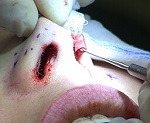 Definitivamente, uno de los países que encabeza la lista con mayor número de cirugías de nariz en el mundo es Irán. Y no es un dato menor porque ha desplazado a grandes potencias de la medicina estética, como Estados Unidos y países de Europa. Ampliar…
Definitivamente, uno de los países que encabeza la lista con mayor número de cirugías de nariz en el mundo es Irán. Y no es un dato menor porque ha desplazado a grandes potencias de la medicina estética, como Estados Unidos y países de Europa. Ampliar…![]()
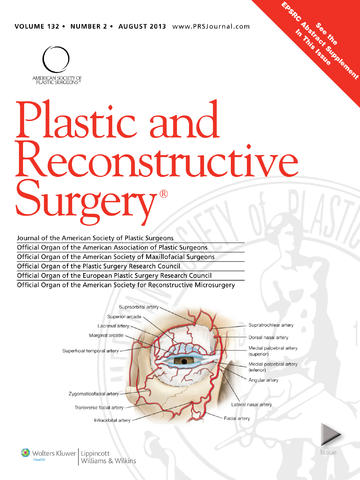 As the United States continues to be more ethnically and racially diverse, it is important for the rhinoplasty surgeon to have an appreciation and understanding of nasal variations that exist to plan for and execute ethnically congruent results. The nasal analysis is a critical component of the patient evaluation, which has been used as a tool by surgeons to identify deviations from anatomical norms or canons. In this article, the authors describe common nasal anatomical variations that exist between ethnic groups as a guide for nasal analysis. Understanding these variations will facilitate and help define important cultural aesthetics, which can be used to plan for rhinoplasties in a diverse patient population.
As the United States continues to be more ethnically and racially diverse, it is important for the rhinoplasty surgeon to have an appreciation and understanding of nasal variations that exist to plan for and execute ethnically congruent results. The nasal analysis is a critical component of the patient evaluation, which has been used as a tool by surgeons to identify deviations from anatomical norms or canons. In this article, the authors describe common nasal anatomical variations that exist between ethnic groups as a guide for nasal analysis. Understanding these variations will facilitate and help define important cultural aesthetics, which can be used to plan for rhinoplasties in a diverse patient population.
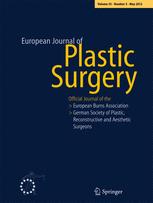 Size of the nose varies in the different parts of the world, and perception of what is the aesthetically acceptable nose shows large differences depending on the ethnic background, type of the society, gender and age. Nose which is generally larger than the average nose in a given society, particularly regarding the height of its nasal bridge, could be defined as a prominent nose.
Size of the nose varies in the different parts of the world, and perception of what is the aesthetically acceptable nose shows large differences depending on the ethnic background, type of the society, gender and age. Nose which is generally larger than the average nose in a given society, particularly regarding the height of its nasal bridge, could be defined as a prominent nose. En este artículo se presenta un heterogéneo conjunto compuesto por 30 prototipos nasales, seleccionados deliberadamente 10 que presentaban perfil con óptima definición del dorso y piel de grosor intermedio con el fin de investigar sistemáticamente, en estos últimos, al segmento inicial del borde superior de la rama alar externa y al tramo distal del borde anterior del cartílago triangular. Mediante disecciones rutinarias, se realizó el análisis con material de individuos adultos, de ambos sexos y raza blanca, previamente formolizado.
En este artículo se presenta un heterogéneo conjunto compuesto por 30 prototipos nasales, seleccionados deliberadamente 10 que presentaban perfil con óptima definición del dorso y piel de grosor intermedio con el fin de investigar sistemáticamente, en estos últimos, al segmento inicial del borde superior de la rama alar externa y al tramo distal del borde anterior del cartílago triangular. Mediante disecciones rutinarias, se realizó el análisis con material de individuos adultos, de ambos sexos y raza blanca, previamente formolizado.
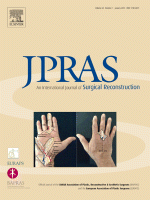 Rhinoplasty is considered one of the most commonly performed and most challenging operations in facial plastic surgery. The modern facial plastic surgeon utilizes many instruments in performing this procedure. Many of these instruments take their names from the pioneers who invented or designed them. Although meritorious, the recent trend in medicine to move away from eponyms in lieu of descriptive names should not come at the price of forgetting history. Although this communication does not seek to provide a comprehensive history of rhinoplasty or of its pioneers, our aim is to mention several of the salient contributing figures upon whose shoulders we stand and whose eponymous instruments we use commonly in rhinoplasty.
Rhinoplasty is considered one of the most commonly performed and most challenging operations in facial plastic surgery. The modern facial plastic surgeon utilizes many instruments in performing this procedure. Many of these instruments take their names from the pioneers who invented or designed them. Although meritorious, the recent trend in medicine to move away from eponyms in lieu of descriptive names should not come at the price of forgetting history. Although this communication does not seek to provide a comprehensive history of rhinoplasty or of its pioneers, our aim is to mention several of the salient contributing figures upon whose shoulders we stand and whose eponymous instruments we use commonly in rhinoplasty.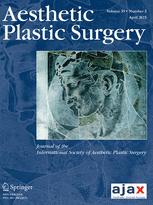 Various techniques are used in rhinoplasty. These techniques can be classified under transcolumellar approaches and endonasal procedures. Open rhinoplasty without transcolumellar incision (ORWTI) procedure can be described as a combination of these two techniques.
Various techniques are used in rhinoplasty. These techniques can be classified under transcolumellar approaches and endonasal procedures. Open rhinoplasty without transcolumellar incision (ORWTI) procedure can be described as a combination of these two techniques.




 Sitio web publicado el
Sitio web publicado el
Los lectores comentan